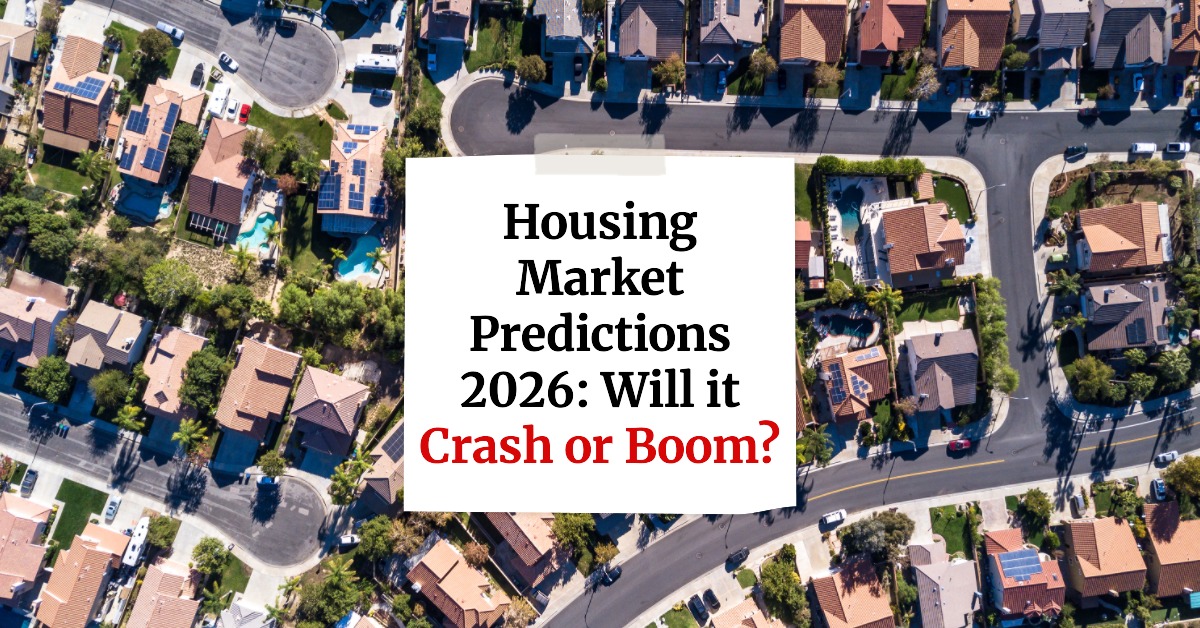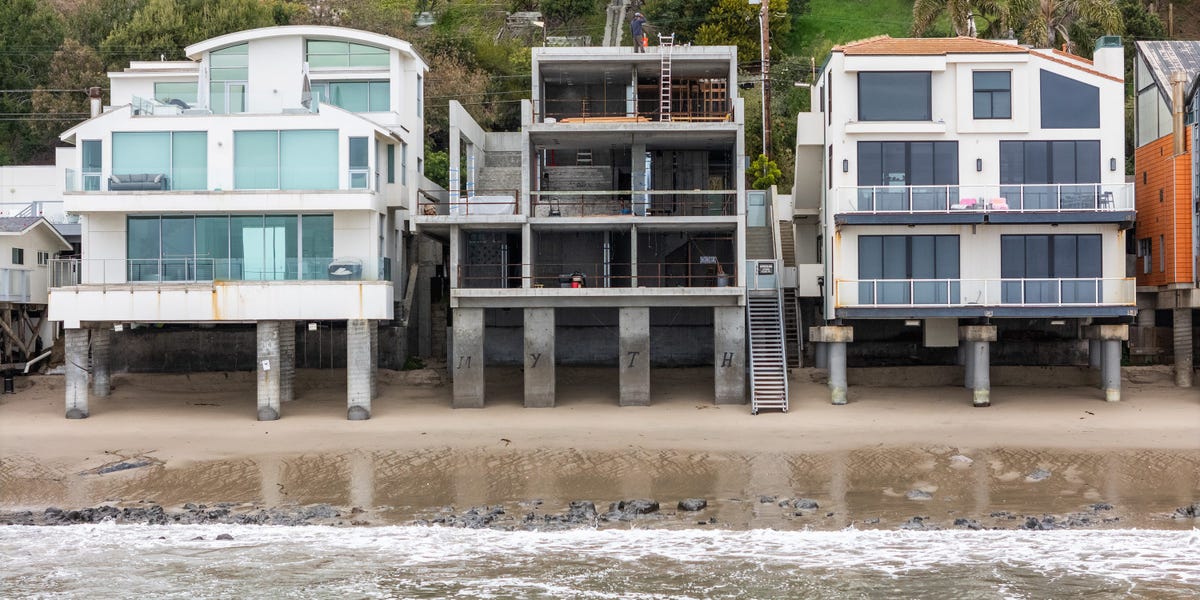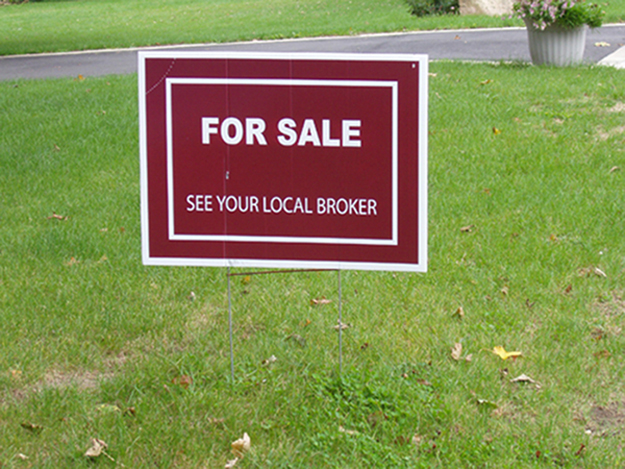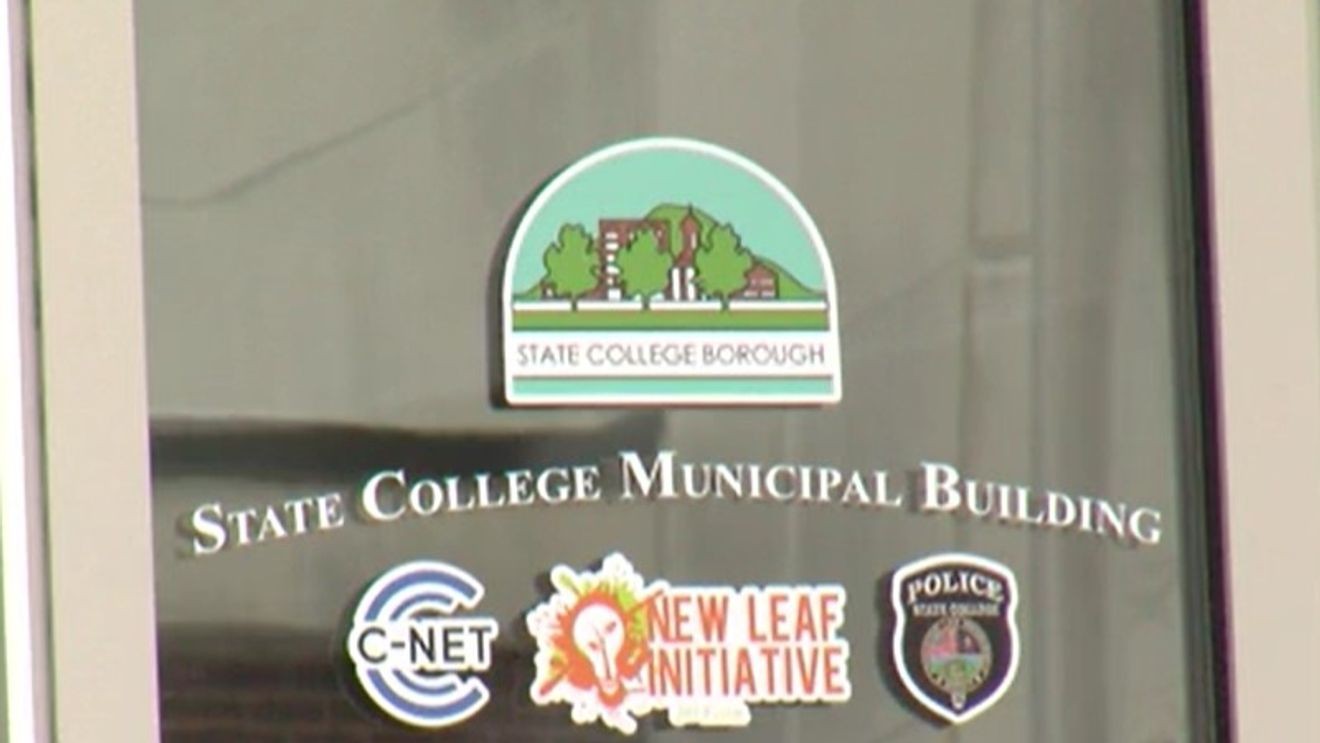A
re you dreaming of owning a home? The future of the housing market in 2026 looks promising, with moderate price growth, stabilizing interest rates, and increased sales activity. While it won't be a complete breeze for buyers, there's a good chance it'll be easier than recent years.
Home prices are expected to slow down their rapid growth. Experts predict:
* The median home price will hit $420,000 in 2026, a 2% increase from 2025.
* Home price growth will slow to 3.6% in 2026, compared to 5.2% in 2024.
* U.S. home prices will fall -1.7% between March 2025 and March 2026.
This means the big price jumps of a few years ago are likely over. Prices will still rise, but at a slower pace. That's good news for buyers, although houses will remain expensive in areas with high demand.
Mortgage rates are expected to stabilize around 6% through 2026. However, they depend on factors like inflation and the Federal Reserve's actions. If inflation decreases, rates might drop too.
Home sales are predicted to increase due to more stable mortgage rates, a larger housing supply, and a healthy economy. Experts forecast:
* Sales of existing homes will rise 13% in 2026.
* Sales of new homes will increase 8% in 2026.
* Existing home sales could jump 10-15% in 2026.
The increased sales activity will be driven by more houses available for sale, stable mortgage rates, and a growing economy. This will encourage people to buy homes.
The housing supply is expected to improve, but it will take time to catch up with demand. Builders plan to construct around 1.05 million single-family homes in 2026, although fewer apartment buildings will be built.
Other factors that can impact the housing market include:
* The economy: A strong economy and job growth will boost home buying.
* Government policies: New laws and regulations can affect the market.
* Climate change: Rising insurance costs and building material prices will make homeownership more expensive in areas prone to floods or fires.
* Where people want to live: Cities with growing populations and limited housing supply might see higher prices.
Regional differences will also play a role, with some areas experiencing faster price growth than others. For example:
* Areas with strong job markets and limited housing supply, like parts of the Midwest, might see higher price increases.
* Expensive cities on the coasts might experience slower growth due to their already high prices.
* Some areas in the South, such as Texas and Florida, might struggle due to an oversupply of homes and climate-related costs.
Investors may find opportunities in 2026, particularly with adjustable-rate mortgages (ARMs) potentially increasing rates. Efficient property management will become more crucial as costs rise, making technology-driven strategies attractive for investors.
Overall, the housing market in 2026 is expected to be more stable than recent years. Buyers might find it a good time to start looking, while sellers may not receive the same prices they would have a few years ago. It's essential to consult with a real estate professional before making any significant decisions.













